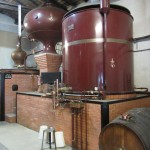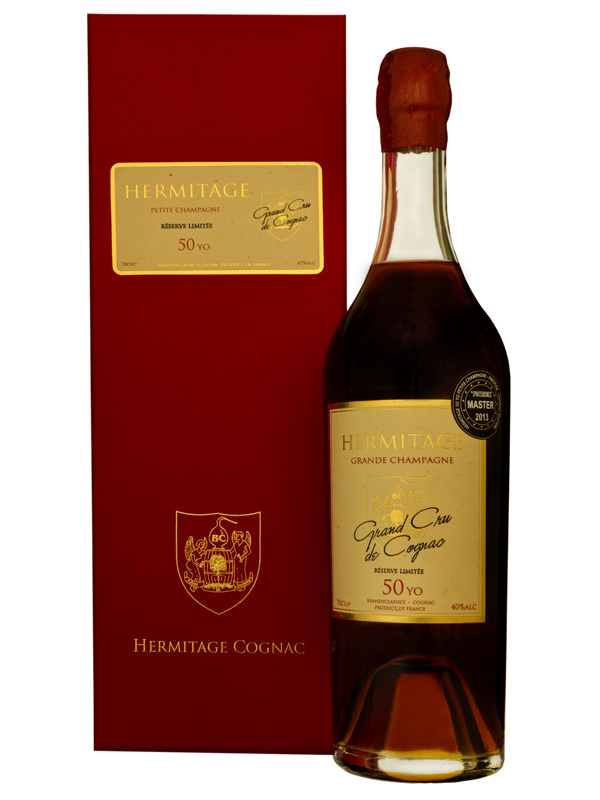Cognac Balance
 The process of distilling cognacs requires that the wines are distilled twice, the second distillation must be between 67-72.4 degrees. The spirit, known as eau de vie, is water clear and tasting it can render the tongue numb for several days. Little surprise then that young cognacs, aged for the minimum time, have to be reduced to a lower level of alcohol and additives used to colour and hide the aggressiveness of the spirit and so achieve some Cognac balance.
The process of distilling cognacs requires that the wines are distilled twice, the second distillation must be between 67-72.4 degrees. The spirit, known as eau de vie, is water clear and tasting it can render the tongue numb for several days. Little surprise then that young cognacs, aged for the minimum time, have to be reduced to a lower level of alcohol and additives used to colour and hide the aggressiveness of the spirit and so achieve some Cognac balance.
The natural colour of cognac is derived from the tannins in the oak barrels. The use of new barrels after distillation to give the cognac a quick boost can actually provide a more aggressive fieriness in the spirit in the early stages. Whilst a level of colour will develop in the spirit during the first stages of ageing, nothing can overcome the huge imbalance between alcohol and taste until the cognac has been in the barrel for at least ten years. Both sugar syrup and caramel are therefore often used to help address the fieriness and lack of colour in young brandies, a process known as obscuration.
About twenty years ago there was an unscripted charter between the big cognac houses that the maximum obscuration of cognac would be no more than 2%. The increasing demand for young (and cheaper) cognacs has meant that the big houses now buy their cognacs for ageing sometimes only eighteen months after distillation. Often they are bottled as young as 3 years old. This creates a massive problem especially when they are blended with cognacs from the Champagnes which age at a much slower rate than those from other crus. Inevitably, the younger the cognac the more sugar and caramel is needed to create an acceptable level of flavour and balance. As available cognacs become younger, the obscuration level has had to increase and it is now substantially more than 2%.
Of course there is another element to balancing cognacs – dilution. Cognacs will gradually reduce naturally, however, nowhere near quickly enough for the big houses to sell profitably. Young cognacs between 60-65% abv will need more than 50% water adding to them before they can be sold. Water itself is difficult to add successfully though very quick chilling of the cognac can help.
Perhaps the most accepted additive, and one that is far more natural than others, is the use of boisé. Produced by boiling oak chips over and over again in cognac, it is dark in colour and can be viscose. When added to cognac it can provide quite a bitter effect until it has had time to complete its accelerated ageing process. Some people refer to this as a “false ageing” but it is not. It uses exactly the same ingredients as occur naturally in cognac so in effect, it is an age accelerator. However, too much can provide an undesirable bitterness when used in young cognacs.
Balancing the strength and flavour of fine cognacs is a great skill. There is a place for some additives but we avoid the use of sugar and caramel as we believe that any cognac from the Champagnes under ten years old is not sufficiently developed to ever create the truly memorable qualities found in Hermitage Cognacs.
Read more Technical Topics on our Brandy Education page.

